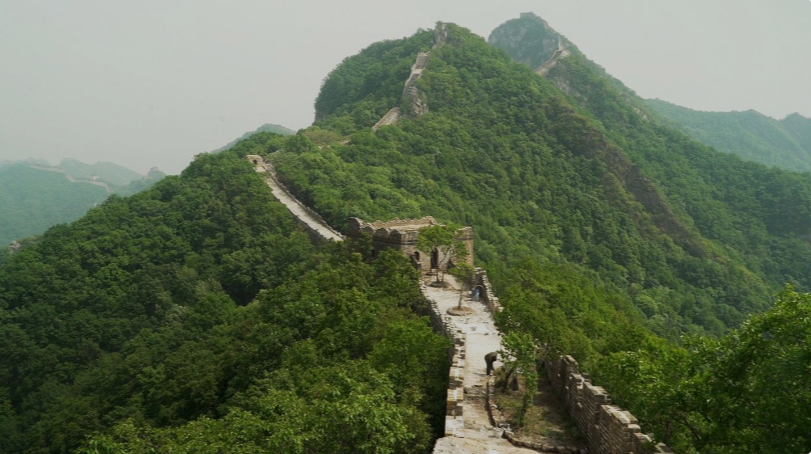How were the Lookout Holes on the Great Wall Designed
The lookout holes on the Great Wall were meticulously designed to serve their crucial function of surveillance. These holes were typically small and narrow, allowing the guards to peer out without being easily detected by potential enemies. They were strategically placed at different heights and angles along the walls and watchtowers. The lower holes were designed to provide a view of the immediate area around the base of the wall, enabling the detection of any approaching threats from the ground level. The higher holes, often located in the upper parts of the watchtowers, offered a broader perspective, allowing the guards to scan the surrounding landscapes, including valleys, passes, and distant approaches. The shape of the holes was usually rectangular or arched, with the edges sometimes being smoothed or reinforced to prevent damage. Some lookout holes were even equipped with movable covers or shutters that could be adjusted to control the amount of light and visibility, depending on the time of day and the need for concealment. This thoughtful design ensured that the guards had the best possible vantage points to keep a watchful eye on the surrounding areas and provide early warning of any impending danger.

previous: How was Material Transported on the Great Wall in Ancient Times
next: Which Minority Nationalities are Closely Related to the History of the Great Wall
Related News
- Which Minority Nationalities are Closely Related to the History of the Great Wall 03-27
- How were the Lookout Holes on the Great Wall Designed 03-27
- How was Material Transported on the Great Wall in Ancient Times 03-27
- What Materials Were Used to Bond the Bricks and Stones of the Great Wall 03-26
- Is There Any Section of the Great Wall Built on Water 03-26
- What Changes in Architectural Styles of the Great Wall Occurred in Different Dynasties 03-26
- What Are the Characteristic Folk Cultures Along the Great Wall 03-26
- What's the Average Height of the Great Wall's Walls 03-26
- Which Groups Mainly Provided the Labor Force for the Construction of the Great Wall in Ancient Times 03-26
- Which Provinces and Regions in China Does the Great Wall Cross 03-26
